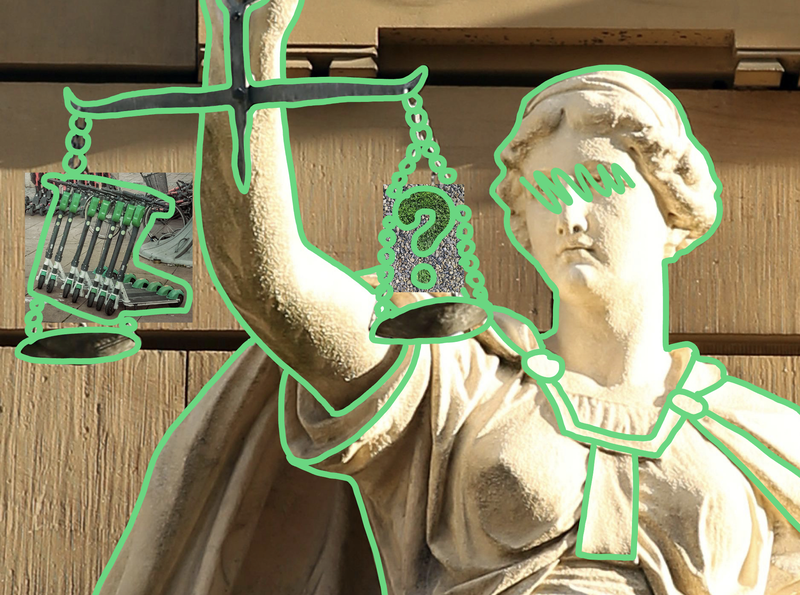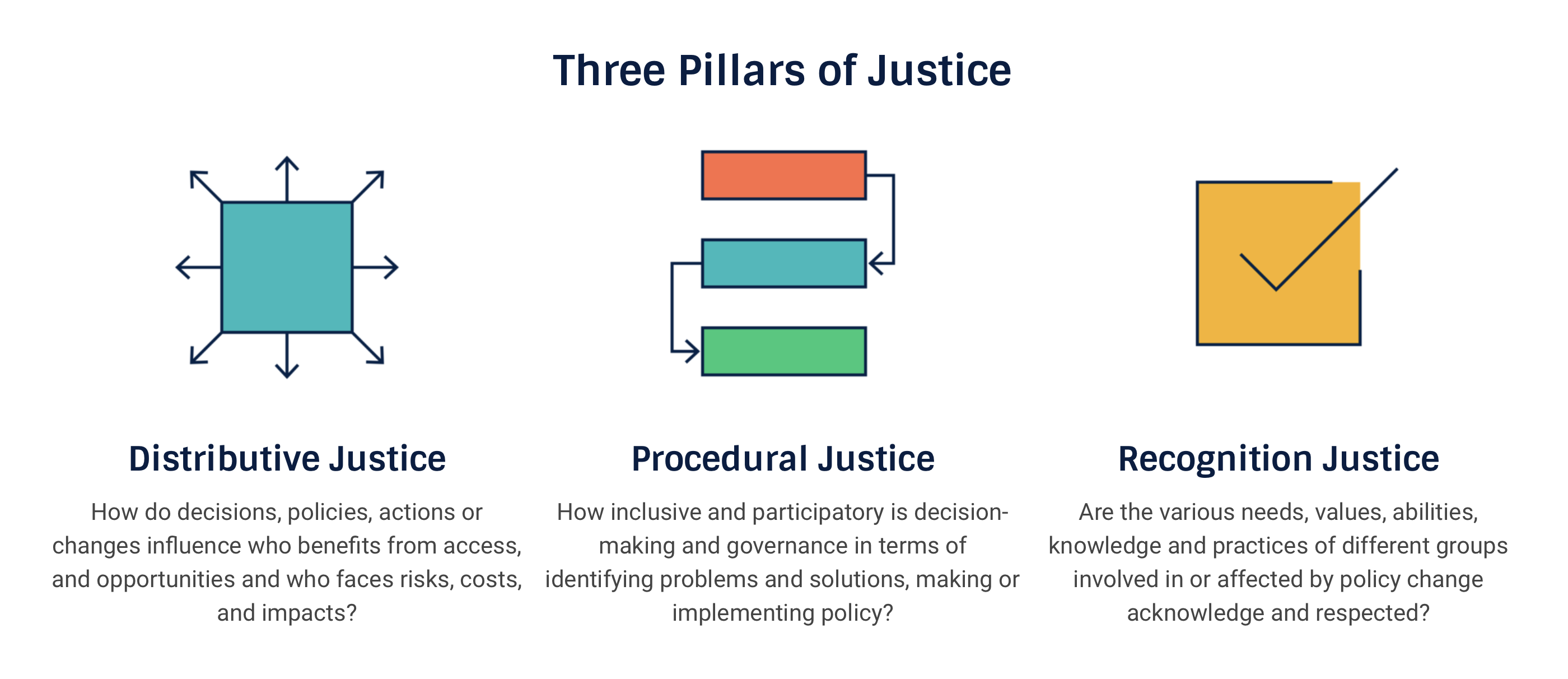Who cannot use electric scooters in Poznań?

When we think of electromobility, electric cars mostly pop up in our heads. This is also the focus of most social policies on the topic of sustainable development. However, as we have pointed out many times, electric mobility is not focused only on four-wheeled vehicles. Especially that in Poland we can’t yet afford them due to the price and charging infrastructure developing too slowly. However, definitely closer to us are scooters!
Boom on electric scooters came about 5 or 6 years ago, but they were greeted with quite mixed feelings. The concept can theoretically be considered as very cool: moving around the city thanks to them is easier, faster. In any case, both scientists and representatives of the government and local government in Poznan happily promote ‘green escooters’. The public - not so much. Why? Lack of infrastructure does not encourage movement to further corners of the city, the lack of specific designation of zones where to leave the scooters is also not helpful. In addition, as indicated by the authors of numerous internet blogs, there is still a lack of specific regulations on how to move them in traffic. Where can you ride them? At what speed? Who is responsible for them? Who can actually use the scooters? Who is excluded from the process? Who bears the costs?
In line with the idea of the ITEM project, I’d like to tackle the question of who can't use urban scooters and whether this alternative mode of transportation is really as universal as we think. And - hopefully - start a discussion on how to remove these barriers.

Imagine you want to go somewhere by electric scooter. You leave your house, approach the device parking zone, start paying with the app... then you look around to your surroundings and realize that two days ago another renovation started in your neighborhood and you actually have no idea how to avoid the road works. And ultimately you don't use the scooter. Because the conversation about equitable access to scooters doesn't end with the vehicles themselves, but also includes their infrastructure - both the tangible and, for example, online. So who is excluded from scooter use at the distributive level? In addition to the people just mentioned with a lack of access to adequate infrastructure (for example, in older parts of the city where historic pavement dominates), there will also be those living in areas outside the city, i.e. those dependent on cars. Often the public transport infrastructure does not allow the combination of different modes of transport or the city itself does not 'absorb' so many cars at once. On the other hand, the level of exclusion may be the lack of access to or ability to use mobile applications.
However, access to various types of infrastructure or devices is relatively easy to provide. A much bigger challenge is to get around the obstacles related to the specific transport and sharing culture in Poland. Changing from a passenger car to a scooter may meet with resistance of a symbolic nature, because the car is still a sign of prestige and testifies to success in life. Not infrequently, it is also a showcase of the company and the position of its owner. In our culture, consumers also tend to own products and thus find it difficult to accept the car-sharing system. If we add to this the low environmental awareness of the population, then we have the answer to the question of why scooters are so reluctant to be rented.
The final barrier is policymaking issues. The biggest problem is the failure of local laws and regulations to keep pace with advances in transportation (and thus the lack of market response to UTO production, despite promotion by local governments). This is followed by the problem of
ineffective management of micromobility (e.g. storage) in the city and, as a result, a threat to the safety of people participating in road traffic. The main losers are the potential users of scooters. It is difficult to adapt a new means of transport when one has doubts concerning safety or knowledge of the rules of using scooters.
How can these barriers be addressed to ensure a fair transition to electric mobility? By involving different people in the process of developing social policies, talking about the perspectives of different users and using their advice and ideas to manage electromobility - something we will also do in the ITEM project.
Balinska, A., Staskiewicz, D. (2021) ‘Sharing Economy’ w gospodarce turystycznej: kontekst teoretyczny i empiryczny. Warszawa: Wydawnictwo SGGW.
(eng. Sharing Economy' in the tourism economy: theoretical and empirical context)
Janczewski, J., Janczewska, D. (2020) ‘Zrównoważony rozwój z perspektywy mikromobilności’, Zarządzanie Innowacyjne w Gospodarce i Biznesie, 2(29), pp. 165–187.
(eng. Sustainable development from a micromobility perspective)
Janczewski, J. (2020) ‘Sharing means of transport in urban areas’, Zarządzanie Innowacyjne w Gospodarce i Biznesie, 2(29), pp. 189–206.
Janczewski, J. (2019) ‘Mikromobilność – wybrane problemy’, Zarządzanie innowacyjne w gospodarce i biznesie, 1(28), p. 14.
(eng. Micromobility - selected issues)
Kostrzewska, M., Macikowski, B. (2018) ‘Przyjazne miasto i hybrydowa mobilność miejska, czyli o hulajnodze naukowo’, Pismo PG, 9, p. 5.
(eng. Friendly city and hybrid urban mobility, or about scooters scientifically)
Mering, K., Wachnicka, J. (2021) ‘Analiza używania hulajnóg elektrycznych w miastach w kontekście bezpieczeństwa ruchu drogowego na przykładzie Gdańska’, Transport miejski i regionalny, 4, p. 10.
(eng. Analysis of the use of electric scooters in cities in the context of road traffic safety on the example of Gdańsk)
Mianowski, J., Kostrzewska, M., Macikowski, B. (2020) ‘Społeczne i przestrzenne wyznaczniki korzystania z hulajnogi jako urządzenia transportu osobistego (UTO) w mieście’, Społeczne i przestrzenne wyznaczniki korzystania z hulajnogi jako urządzenia transportu osobistego, p. 12.
(eng. Social and spatial determinants of using a kick scooter as a personal mobility device (PMD) in the city. Hybrid Urban Mobility (HUM))
Poznański Rower Miejski - podsumowanie sezonu 2021 (eng. Poznań Urban Bicycle - summary of the 2021 season)
Warsztaty "Hulaj przepisowo" (Workshops "Hulaj przepisowo")
Warsztaty z bezpiecznej jazdy na hulajnogach (Workshops on safe riding on escooters)
Nowe przepisy w PoRD (New regulations in PoRD)
Co łączy pustostany i hulajnogi? (What do empty buildings and escooters have in common?)
Pojazdy współdzielone - higiena i bezpieczeństwo (Shared vehicles - hygiene and safety)
Hulajnogi elektryczne to zło. Dlatego tak, gardzę nimi i całą tą ideologią (Electric scooters are evil. So yes, I despise them and all this ideology)
Co zrobić z hulajnogami elektrycznymi? Przecież nie będą jeździć po ulicy (What to do with electric scooters? After all, they won't be riding on the street)
KODEKS DROGOWY Prawo o ruchu drogowym (Polish Highway Code Traffic Paw)
Hulaj Urban Squad (Data from Student’s Association ‘Scooter-Urban-Squad’)
Nowe przepisy dotyczące hulajnóg (New regulations for scooters in Poznań)

